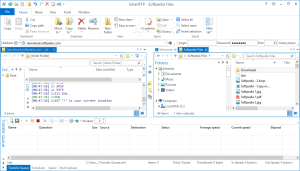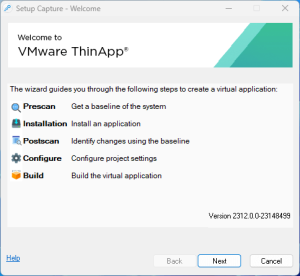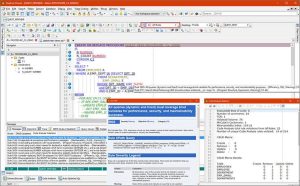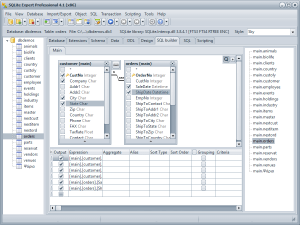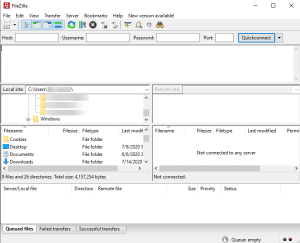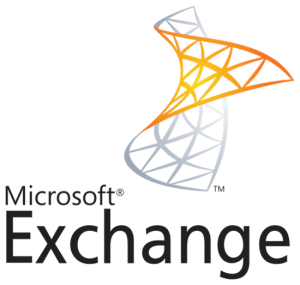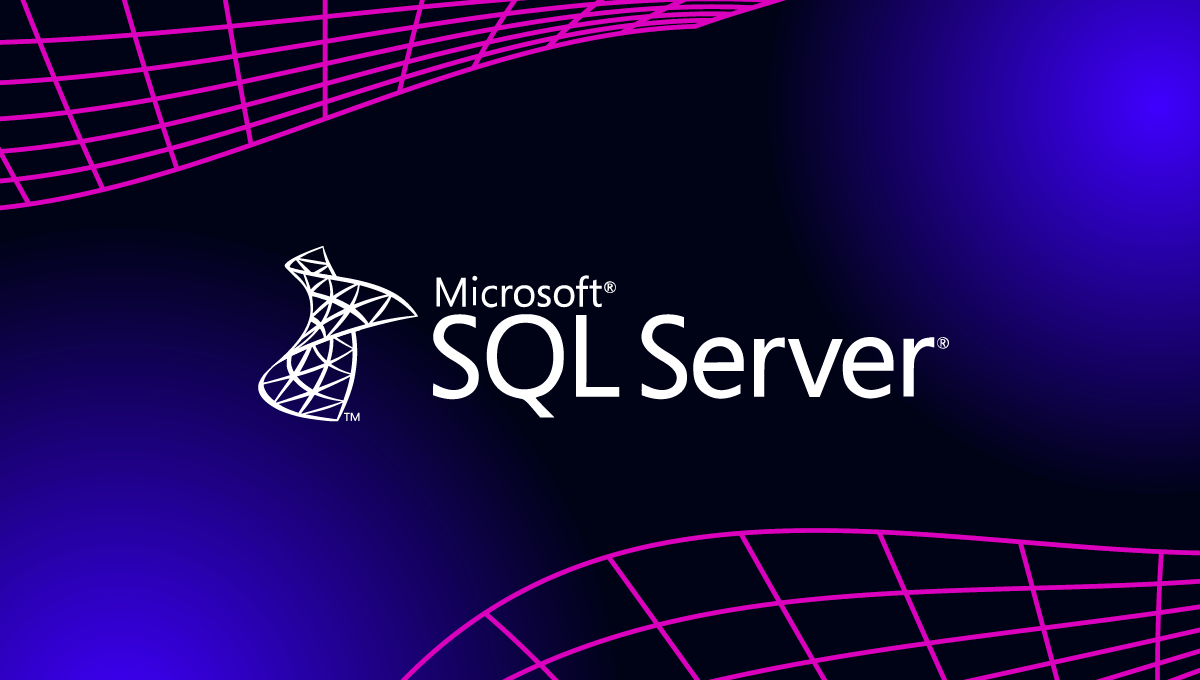
Introduction
Microsoft SQL Server is a relational database management system (RDBMS) developed by Microsoft. It’s a powerful software suite designed primarily for data storage, retrieval, and management in a variety of applications, from small businesses to large enterprises. Here are some key features and aspects of Microsoft SQL Server:
- Data Storage and Retrieval: SQL Server allows for efficient storage and retrieval of structured, semi-structured, and unstructured data. It supports SQL queries for managing and manipulating data.
- Scalability: SQL Server is scalable, capable of handling small databases on a single server to large, mission-critical databases across multiple servers. It offers features like database partitioning and clustering for scalability and high availability.
- Security: It provides robust security features to protect data at rest and in transit. This includes encryption, access control mechanisms, and auditing capabilities to ensure compliance with various regulations.
- Business Intelligence: SQL Server includes tools for business intelligence (BI), such as SQL Server Reporting Services (SSRS) for generating reports, SQL Server Analysis Services (SSAS) for online analytical processing (OLAP), and SQL Server Integration Services (SSIS) for data integration and ETL (Extract, Transform, Load).
- Development Tools: It integrates with development tools like Visual Studio and SQL Server Management Studio (SSMS) for database design, querying, and administration tasks.
- Cloud Integration: Microsoft offers SQL Server both as an on-premises solution and as a cloud service through Azure SQL Database and Azure SQL Managed Instance, providing flexibility in deployment options.
- Advanced Features: SQL Server includes features like in-memory processing with In-Memory OLTP, support for JSON and XML data formats, full-text search capabilities, and advanced analytics with SQL Server Machine Learning Services.
- Editions: SQL Server is available in several editions, including Enterprise, Standard, and Express, each tailored to different types of deployments and workloads.
Overall, SQL Server is widely used for its reliability, performance, and comprehensive feature set, making it a popular choice for managing databases in various business environments.
Details
2022 Enterprise
Microsoft
July 1, 2024
Bản quyền
__
Windows
English
655
__
__
Minimum system requirements
- Operating System: SQL Server is supported on various versions of Windows Server and Windows Desktop operating systems. Ensure your version of Windows is compatible with the SQL Server edition you intend to install.
- Processor: Minimum 1.4 GHz 64-bit processor is recommended. However, the actual processor requirement can vary based on the edition and workload.
- RAM: Minimum of 1 GB (Recommended 2 GB or more). Again, this can vary based on the edition and workload.
- Disk Space: At least 6 GB of available hard-disk space is required for the base installation. Additional space might be needed for data files, log files, and backup files.
- .NET Framework: SQL Server requires .NET Framework 4.6 for installation and operation.
- Other Software: Depending on the features you intend to use, additional software might be required. For example, if you’re installing SQL Server Reporting Services, you may need IIS (Internet Information Services).
- Permissions: You need administrative rights on the computer to install SQL Server.
Download
Instruction
SQL Server 2022 Key
Enterprise: J4V48-P8MM4–9N3J9-HD97X-DYMRM
Enterprise Core: 2Q48Q-PB48J-DRCVN-GB844-X2H4Q
Standard: FG86G-CHH2T-CB7NJ-XT7D2-V8V4X
Web: 2R97W-F4XNT-T6MYV-3TKB7–6X3JM
Developer: 22222–00000–00000–00000–00000

